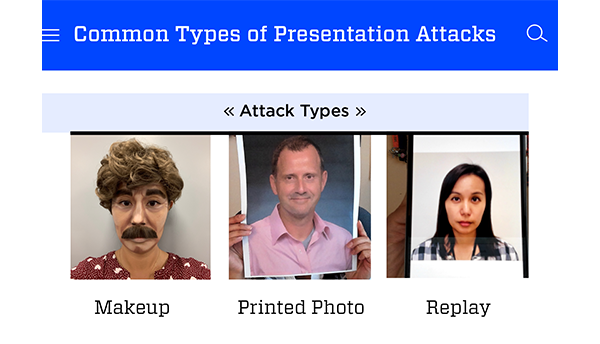With a mention in the new National Cyber Workforce and Education Strategy and even a dedicated state law, K–12 cybersecurity education clearly has the eye of policymakers. However, despite public attention and new opportunities for high school students to pursue cybersecurity coursework, high schools often struggle to provide students with a clear understanding of what cybersecurity careers actually look like. Hands-on learning experiences, like those we’ve had at our schools and during our internship with NICE at NIST, can help bring cybersecurity education and career pathways into focus for young learners.
High school cybersecurity education, career awareness, and hands-on activities are in short supply
Cybersecurity can be a challenging topic for students. They may need to learn new programming languages, techniques to analyze large sets of data, and other new systems and technologies. Professional skills in communication, teamwork, and leadership, which are all essential in cybersecurity, also take time and practice to develop…
Read More Here

